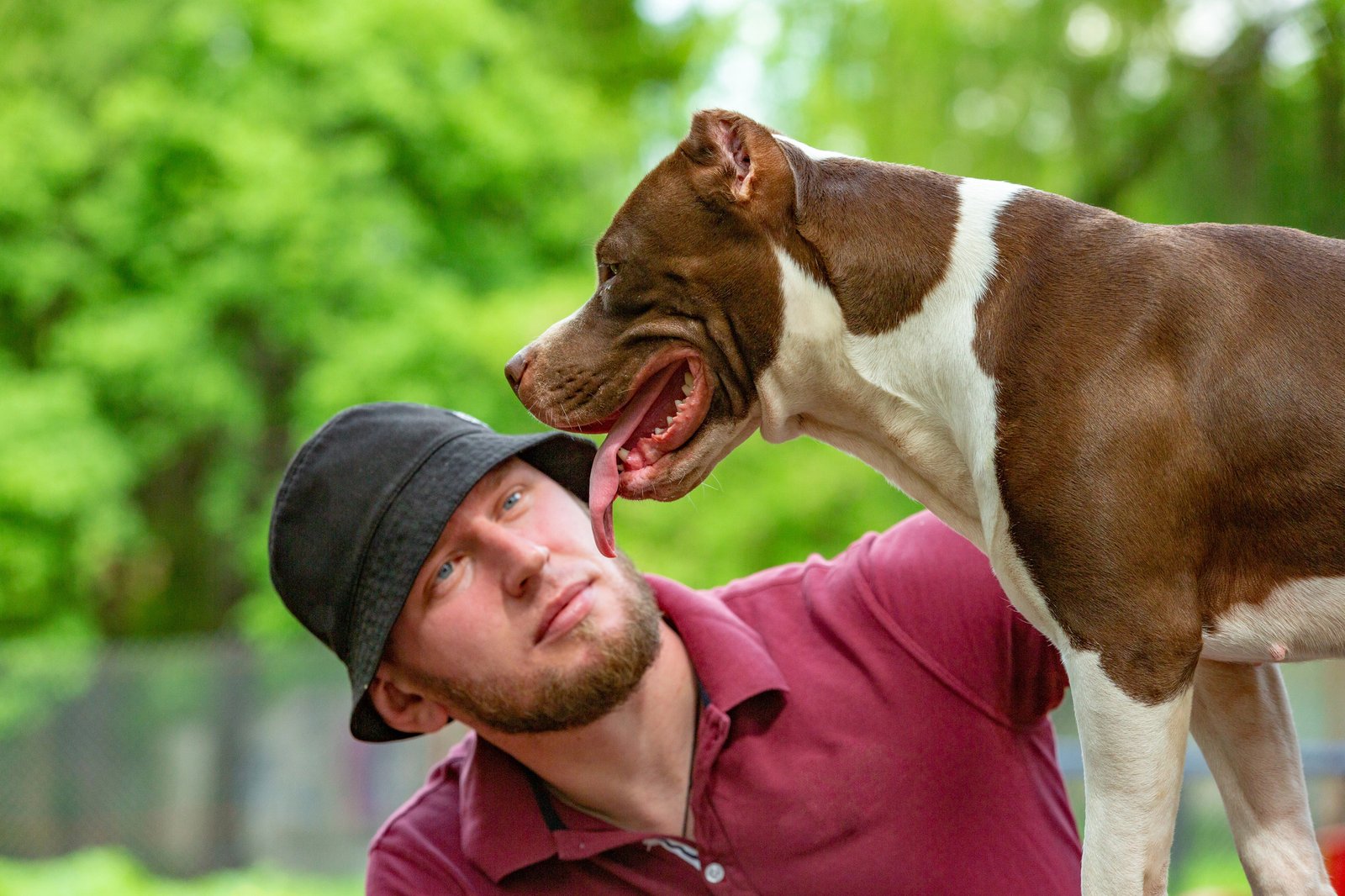Everyone loves dogs and can spend their entire day talking about them. The more people talk about dogs, the higher the chances that they’ll come across some widely believed dog-related facts that are false. Such misinformation may look seemingly harmless at first, but it can cause more harm to dogs than good.
Let’s explore 12 commonly spread dog facts that are false.
Dogs are Color Blind

Many people believe that dogs are color blind because they have two types of color-detecting cells, while humans have three. It influences the range of colors they see but doesn’t make them color blind. Dogs can actually see colors, but they’re mostly limited to more muted shades of gray, yellow, blue, etc. You can say that dogs have visions similar to f any person with red-green color blindness.
Dog Aggression is Breed-Based

You must have heard some people say that specific dog breeds are more aggressive than others. It is especially true for pitbulls, who are considered the most dangerous and aggressive breed out of all. However, a scientific journal debunked this myth and revealed that a dog’s breed isn’t a reliable predictor of its aggressiveness. Training and socialization can significantly influence a dog’s behavior, not breed.
Happy Dogs Wag Tails

It is commonly believed among pet owners that dogs wag their tails when they’re happy. Many even use this as a sign to approach a dog because it seems friendly and happy. A veterinarian has fact-checked this belief and highlighted how wagging tails don’t always mean the dog is happy. Dogs can also wag tails when feeling anxious, threatened, or stressed. So, whenever you notice harmful behaviors in dogs, don’t let wagging tails cover them up.
Dogs Hate Cats

A widely accepted misconception among dog lovers worldwide is that dogs hate cats. The two have different behavioral traits, hunting instincts, communication styles, etc., but it doesn’t make them natural enemies. The truth is dogs and cats can go along well and stay harmoniously in the same house if the pet owners train them well.
Cannot Learn New Tricks

People believe it is easier to train puppies than old dogs, but it isn’t true. While old dogs may lack the agility of young dogs, their learning abilities are remarkable. Professional dog trainers believe old dogs have heightened concentration levels, which can help them learn new tricks easily. However, remain patient while training old dogs and reward them with praise, breaks, etc., for best results.
Bad Breath is Normal

While expecting your dogs to have minty-fresh breath is unreasonable, normalizing their unbearably bad breath isn’t acceptable either. Some believe dogs typically have unpleasant breath and brush off any chances of linking it to underlying health challenges. According to Veterinarians, a dog’s bad breath can indicate the canine’s bad health. It is often linked to dental, kidney, and liver diseases. A dog’s bad breath can also stem from eating toxic items or something getting stuck in its mouth.
Dry Nose Indicates Sickness

Dogs typically have a wet and cold nose, so some people mistake a dry nose as a sign of sickness. Experts say a dog’s nose can dry for various reasons, like dehydration, fever, or nothing at all. Most of the time, their nose becomes dry for typical reasons that aren’t concerning at all. Spending too much time in harsh weather, such as sunny, dry, and windy, can dry their nose, but it becomes normal after some time.
Neutering Early is Better

Some dog owners get their pets neutered early because they consider it healthy. There is a widely accepted belief among some pet owners that ‘the younger, the better.’ However, a scientific study reveals that neutering some dog breeds early can become a leading cause of health problems such as cranial cruciate ligament tears, elbow dysplasia, hip dysplasia, cancer, lymphosarcoma, etc. It is best to ask a practicing veterinarian about the right age for neutering to prevent potential health challenges.
Rescue Dogs are Problematic

While rescue dogs exhibit slightly different behaviors than non-rescue ones, it isn’t because there’s something inherently wrong with them. Most rescue dogs have been handed over to shelters because their previous owners could no longer financially care for them or had no time to look after them. Rescue dogs can take longer to establish a healthy bond with new owners, but it isn’t as challenging as some believe it to be.
Dogs Feel Guilt

Dog owners may like to believe that their dogs feel guilty after doing wrong actions like chewing books, creating a mess, etc., but it isn’t true. Certified behaviorists have revealed that dogs don’t feel guilty; their actions, like tilting their heads, looking sad, and avoiding eye contact, are actually their fearful responses to our cues. Dogs often anticipate punishments based on their owner’s reactions and resort to appeasing body language to signal that they’re no threat to you. So, the next time you see your dog performing such antics, calm him down and avoid shouting.
Dogs are Good Swimmers

Social media videos showing dogs moving their paws when lifted from water can make many believe they’re naturally good swimmers, but this isn’t entirely true. While some dog breeds, like the Labrador Retriever, are naturally excellent swimmers, those with barrel-shaped chests, short legs, and flat faces may require training to swim perfectly like others. If you plan to introduce your pet to pools, ensure they’re always supervised for safety.
Shaving Fur Cools Them

Humans may benefit from wearing fewer clothes during summer to escape heat, but the case isn’t the same for dogs. Some dog owners tend to shave their dogs’ coats during summer to cool them down. The American Kennel Club reveals that shaving dogs’ coats have the opposite effect on them and should be avoided. Dog breeds like Siberian Huskies and Golden Retrievers use their natural coats to keep themselves cool in hot temperatures, and shaving their coats can worsen summer heat management for them.


